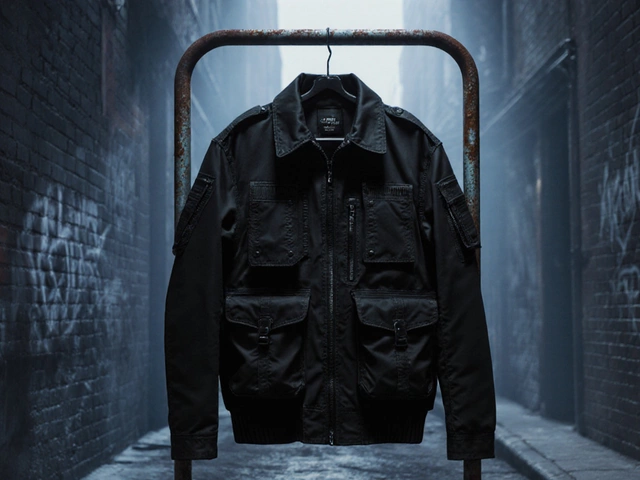Comfortable Footwear: What Makes Shoes Feel Like a Dream
Ever taken a step and felt like you were walking on clouds? That’s the goal of comfortable footwear, but many of us settle for “good enough.” The truth is, the right fit, proper toe room, and smart material choices can turn any pair into a daily joy. Below you’ll get straightforward advice on picking shoes that actually support your feet, plus quick fixes for common comfort problems.
Toe Room and Fit – The Foundations of Comfort
The first rule is simple: your toes need space. If they’re rubbing the front of the shoe, you’ll end up with blisters, numbness, or even black toenails. Our post "Should Your Toes Touch the End of Your Shoes When Walking?" breaks down the exact measurements you should aim for – roughly a thumbnail’s width between your longest toe and the shoe’s edge. Try the “wiggle test" at the store: stand up, flex your toes, and make sure they can move freely without pressure.
Don’t forget about heel slip. A shoe that slides up and down destabilizes your stride and adds strain to your calves. When you try shoes on, walk a few steps and notice if the heel stays snug. If it lifts, look for a deeper heel cup or consider adding a thin insole for extra grip.
Choosing the Right Types: Slippers, Casual Shoes, and Specialty Footwear
Slippers often get a bad rap for being flimsy, but a well‑made pair can be a foot‑friendly staple. Our guide on "When to Buy New Slippers" explains how to spot wear – thinning soles, creased uppers, or a loss of cushioning. If your slippers show any of these signs, it’s time to replace them. A good pair should have a soft, supportive footbed and a non‑slip sole for safety.
For everyday wear, look for shoes with breathable uppers, flexible midsoles, and a supportive arch. Brands that specialize in ergonomic design often add memory foam or gel inserts, which help distribute pressure evenly. If you’re dealing with foot conditions like Morton's syndrome, choose shoes with a wide toe box and cushioning under the forefoot to relieve stress.
Foot health isn’t just about shoes – it’s also about what you put inside them. Insoles can transform a generic sneaker into a snug, custom‑fit shoe. A simple orthotic can correct overpronation, reduce heel pain, and keep you upright longer.
Finally, remember that comfort is personal. What feels great on one foot might feel tight on the other. Take the time to try both shoes, walk around the store, and listen to your body. If anything feels off, walk away and keep searching – the perfect pair is out there.
By focusing on toe room, checking heel stability, and picking the right type of shoe for your lifestyle, you’ll step away from aches and towards genuine comfort. Your feet will thank you every day.

What Brand of Shoe Offers the Most Comfortable Women's Boots?
Finding the most comfortable women's boots can be quite the challenge with so many brands and styles available. Some brands, like Clarks and UGG, are known for their superior comfort thanks to unique cushioning and high-quality materials. There are specific features that make certain boots more comfortable, such as arch support and roomy toe boxes. Whether you're walking all day or just need a reliable winter boot, choosing the right brand can make all the difference. Discover tips and insights into what makes some brands stand out from the rest.




